The Key Largo Tree Cactus: First U.S. Species to Go Extinct
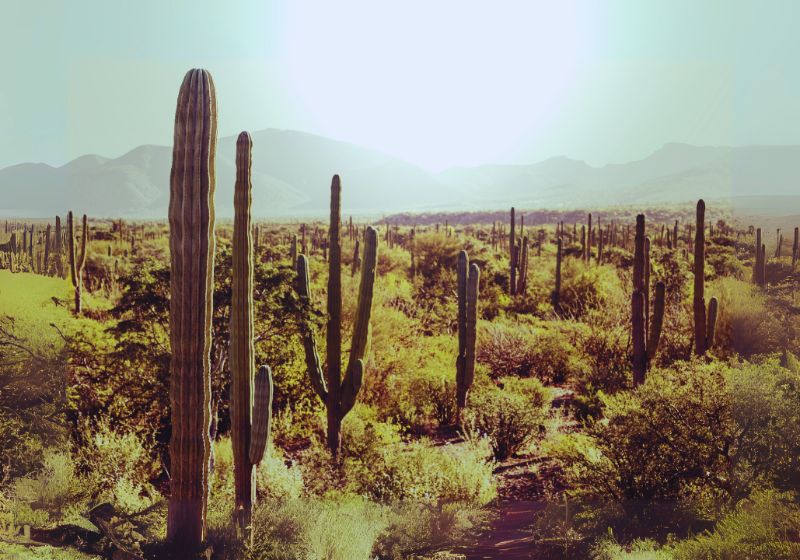
The Key Largo tree cactus (Paleocene’s) lost its existence in the wild leading scientists to identify it as the first wild species disappearing entirely due to rising ocean levels in the United States.
Despite being part of Florida Keys’ natural network the Key Largo tree cactus lost its wild habitat because of habitat destruction and rising saltwater levels together with changing environmental conditions.
The Key Largo tree cactus serves as a commemoration establishing the scientists’ predictions that rising seas would destroy coastal species.
Background of the Key Largo Tree Cactus
South Florida along with Caribbean parts had as its natural habitat the Key Largo tree cactus which displayed a sturdy vertical column-like shape.
This tropical cactus species belonged to the genus Paleocene’s together with other nocturnal flowering cacti known for their tall appearance. This specific cactus plant exclusively grew in the Florida Keys region thus it did not exist anywhere else in the United States.
Habitat and Growth Conditions

- The cactus found its optimal life conditions in three Florida ecosystems of subtropical hardwood hammocks, dry coastal forests and limestone outcrops which provided suitable well-drained soil and intense sunlight.
- This cactus had similar adaptations to dry conditions as other cacti because it stored water inside its succulent tissues during dry times.
- Prolonged saltwater exposure proved to be the fatal factor which ended its existence.
Causes of Extinction
- The Key Largo tree cactus met its end due to multiple extinction factors but sea-level increase proved to be the main cause. These following factors led to the Key Largo tree cactus’s demise.
- Rising ocean water created an entry point for saltwater that poisoned freshwater sources in coastal soil.
- Global sea levels have increased by 8–9 inches across the century as an effect of climate change.

- The sea level increase in Florida Keys has caused coastal soils to become invaded by rising saltwater which contaminates vital freshwater sources needed by plants to survive.
- The Key Largo tree cactus together with numerous terrestrial plant species exists poorly under elevated salinity environments.
- When saltwater entered the habitat of the cactus it developed extreme stress and died from dehydration.
- The extinction of this special cactus creates both an alerting lesson and a complete necessity for urgent biodiversity protection measures on Earth.
Habitat Destruction

Human behavior through development projects together with deforestation operations along with land conversions directly contributed to reducing the cactus habitat. The attraction of Florida Keys as a residential area alongside its growth into a popular tourist destination caused substantial land clearance that reduced the cactus’s ability to spread and recover from environmental threats.
Extreme Weather Events

Stronger winds combined with increased storm surges and heavy rainfall from tropical storms and hurricanes occur because of climate change. Key Largo tree cactus faced particular harm from extreme weather due to uproot age and soil damage which added to saltwater pollution in its habitat.
Invasive Species
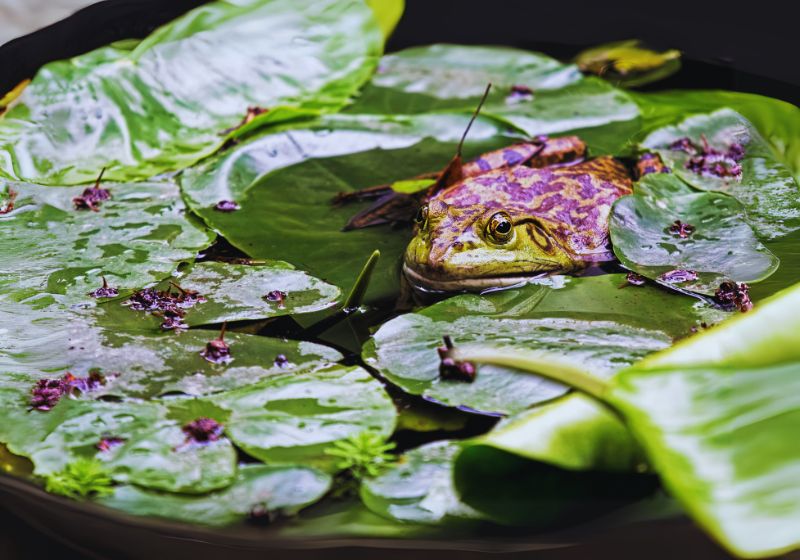
- The situation deteriorated at an extreme level when invasive plant and animal species were introduced into the Florida Keys.
- The competition for resources between non-native plants and the cactus led to decreased survival and seeds from the native plants became inaccessible to potential new cactus seedlings.
- Feral pigs together with iguanas further prevented the survival of young seeds through feeding and destruction methods.
- Key Largo tree cactus faced particular harm from extreme weather due to up rootage and soil damage which added to saltwater pollution in its habitat.
The Scientific Response and Conservation Efforts
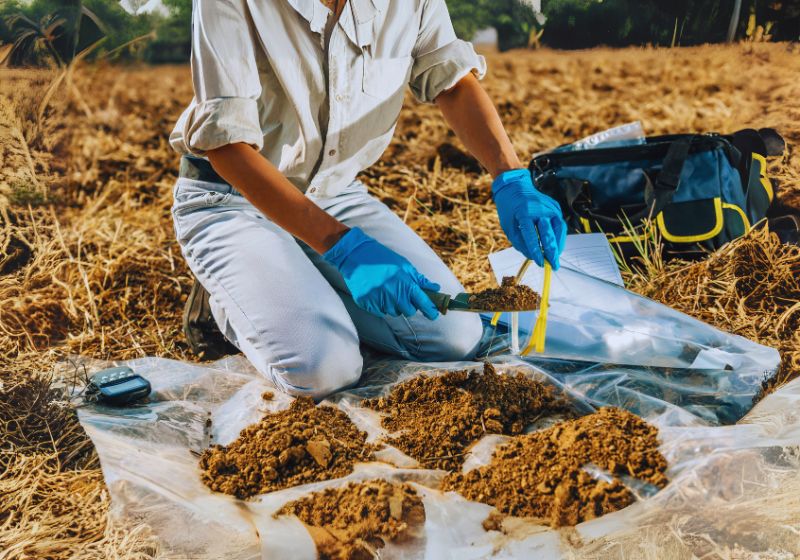
- Before it’s extinction numerous conservationists tried multiple times to preserve the Key Largo tree cactus.
- Scientific authorities became aware of shrinking populations in the early 2000s so they established different preservation programs for the species.
- Key Largo tree cactus faced particular harm from extreme weather due to uproot age and soil damage which added to saltwater pollution in its habitat.
Relocation and Cultivation Efforts

Organizations together with botanical gardens acquired both seeds and cuttings to grow the species inside controlled facilities. The few living Key Largo tree cacti which exist today are found in gardens but their natural population became extinct because suitable habitats were destroyed in the wild.
Habitat Protection Measures
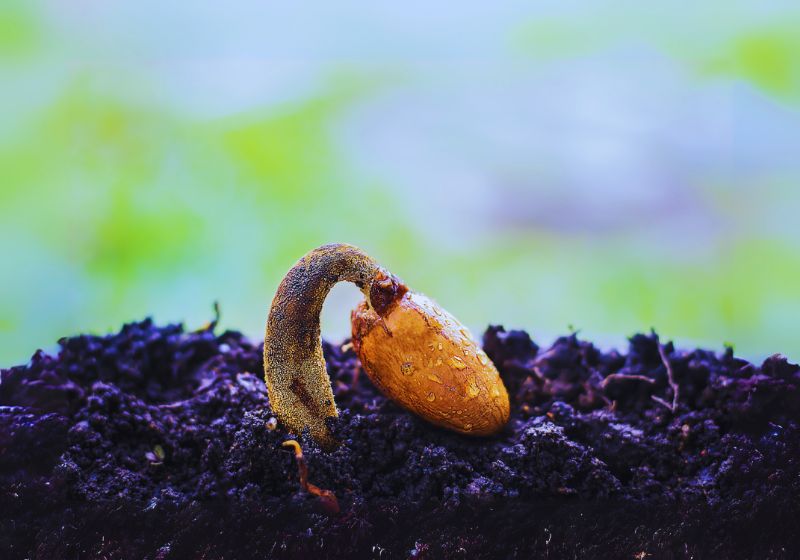
An initiative emerged to create restricted areas inside the Key Largo environmental system. The conservation projects failed to halt the enduring environmental changes brought by climate change. The protection measures designed for conservation areas became useless because of elevated ocean waters combined with powerful storms.
Implications of the Extinction

The disappearance of Key Largo tree cactus presents an important indicator of future global warming effects that will worsen as the climate change process intensifies. Research has indicated that shore-based species experience the most severe threat from rising oceans which this species extinction has proven to be a reality.
Biodiversity Loss
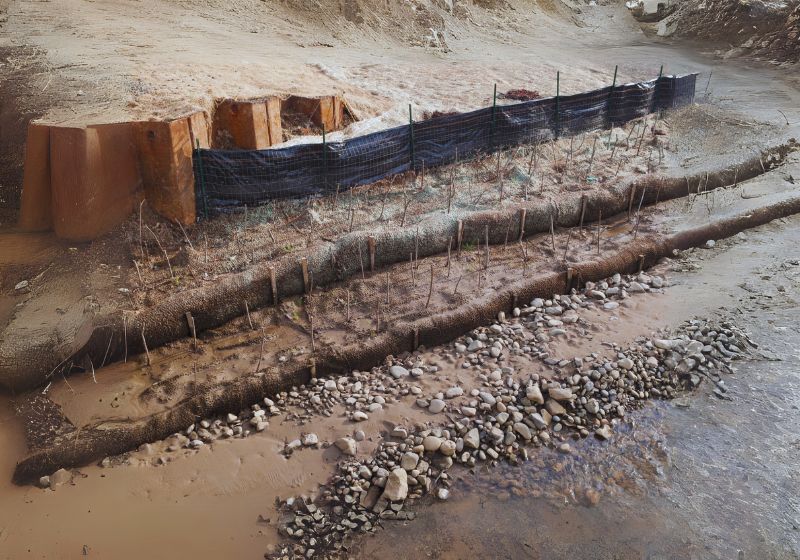
When any species goes extinct it leads to the destruction of the complex system that sustains the natural environment. The Key Largo tree cactus exemplified an important role in Key Largo’s biodiversity because it acted as an essential food source for bats and other insects. The disappearance of this plant affected other dependent species because they lost their food sources as well as preferred habitats.
Climate Change as a Direct Cause of Extinction

The extinction of Key Largo tree cactus demonstrates a direct link between climate change, sea-level rise and species loss because environmental change serves as the main cause of extinction. This serves as a pivotal demonstration of how Environmental warming leads to massive ecological destruction. The disappearance of this plant affected other dependent species because they lost their food sources as well as preferred habitats.
Future Threats to Other Species

- The disappearance of this cactus species warns scientists about the survival prospects of other coastal and island species confronting comparable dangers.
- Plants together with animals located in low-lying areas face the risk of extinction because of increasing water levels and disappearing habitats and environment-related disasters.
- The Immediate Action Plan for the Future Needs Additional Attention.
- The wild extinction of Key Largo tree cactus serves as a critical alert that calls for immediate actions to defend endangered species from similar threats.
Strengthening Climate Action
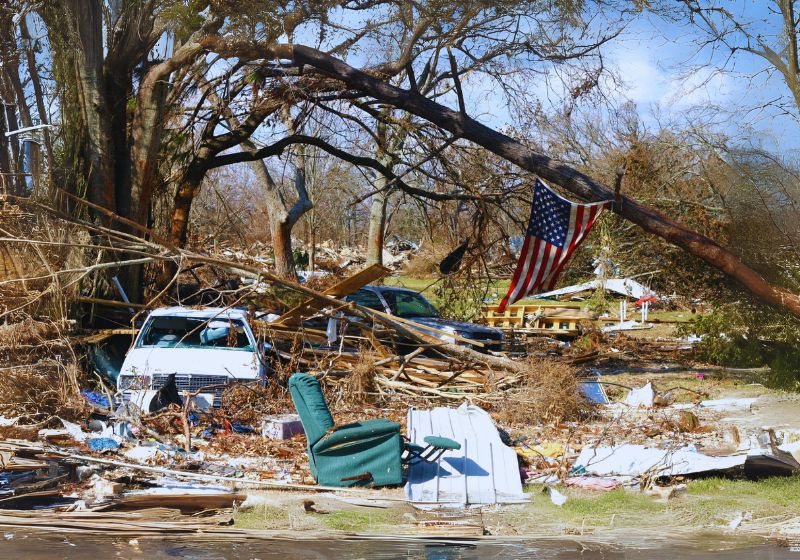
- The critical mission for us today consists of decreasing carbon emissions and lowering global temperature increases to stop additional losses from happening.
- The accomplishment of renewable energy targets together with deforestation control and environmental limits at both national and international levels should be official policies.
- Pollution can help mitigate climate change’s worst effects.
Expanding Conservation Programs

Seed banking combined with assisted migration along with habitat restoration represent future methods to stop additional species extinctions. Vulnerable species should be recognized by scientists as they approach extinction thus requiring immediate decisive actions.
Raising Awareness and Advocacy

Educational awareness campaigns together with public environmental education will create backing for environmental protection initiatives and conservation practices. People require basic education about climate change’s linkage to biodiversity reduction as well as specific solutions for biodiversity preservation.
Causes of Extinction
Rising Sea Levels
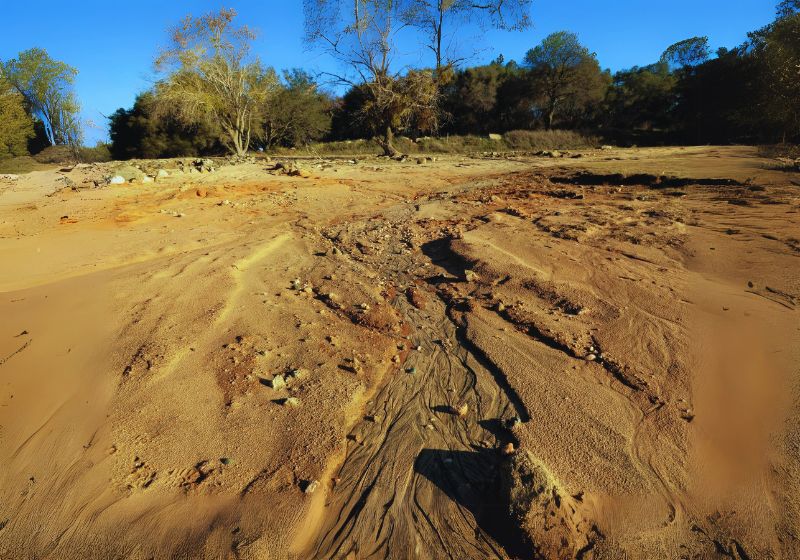
Rising ocean levels introduced excessive salt through the soil that harmed the plants’ roots to such an extent that it became fatal.
Coastal Erosion
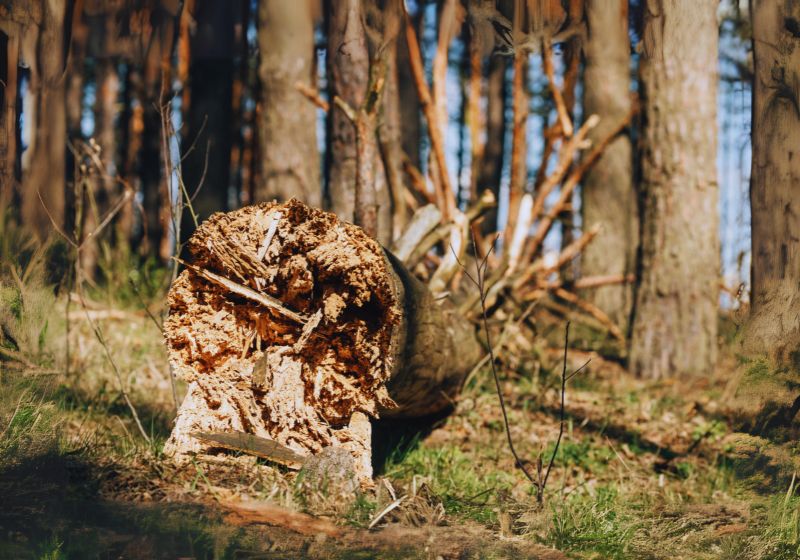
The decline of the plants’ natural dwelling through coastal erosion resulted in minimal area for the cactus to reproduce.
Storm Surges & Hurricanes

Most severe storms destroyed what remained of the cactus’s minimal habitat by washing the plants away.
Human Impact

A lack of suitable living space occurred when humans developed cities and conducted habitat damage.
Environmental Significance

- The death of Key Largo Tree Cacti demonstrates how coastal plants become at risk.
- The gradual disappearance of Key Largo Tree Cactus functions as an alarming indicator that climate change will affect other native species.
Implications for Conservation

- Research experts emphasize that we need to immediately protect other species that face endangerment in coastal regions.
- Toward the goal of preserving Key Largo Tree Cactus populations both habitat restoration efforts and controlled propagation methods need implementation.
Conclusion
History now shows that the extinction of Key Largo tree cactus marks a dark period in the ongoing struggle between climate change and conservation initiatives. This species marks a heartbreaking milestone since it became the first U.S. species to vanish because of sea level rises thus demonstrating the pressing need for improved environmental protection together with swift climate action.
Many additional species will likely follow the Key Largo tree cactus to extinction because of global warming unless effective climate change mitigation strategies are implemented. The extinction of this special cactus creates both an alerting lesson and a complete necessity for urgent biodiversity protection measures on Earth.
Read more: How to Grow and Care for Sweet Peas: A Beginner’s Guide


 English
English 
























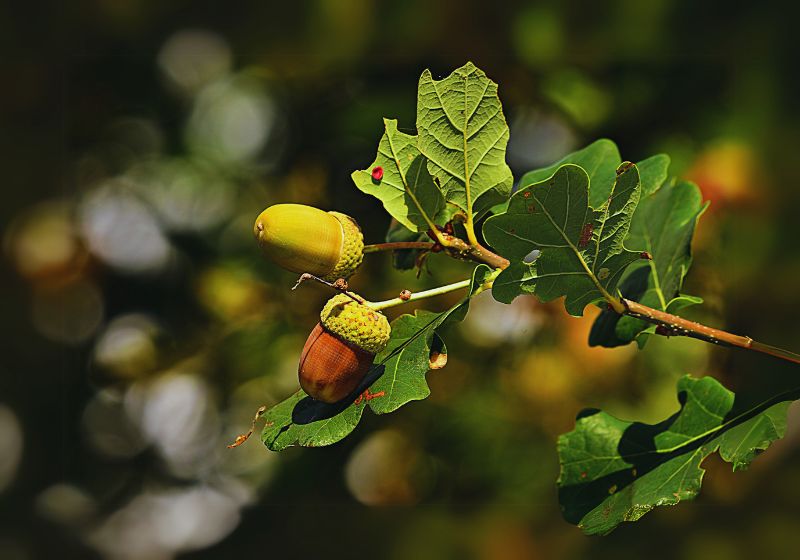

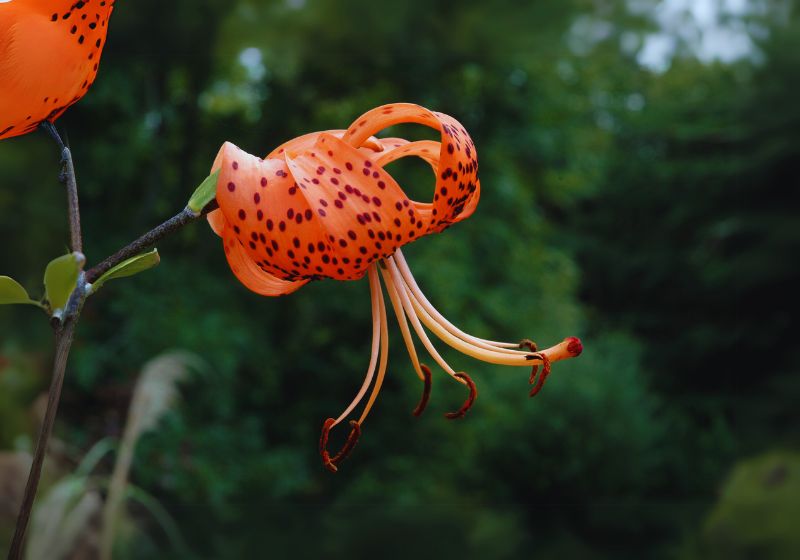
















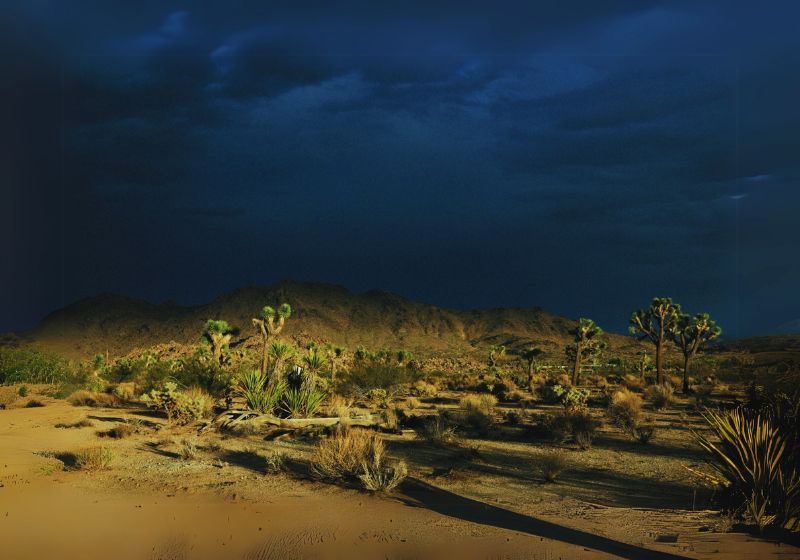

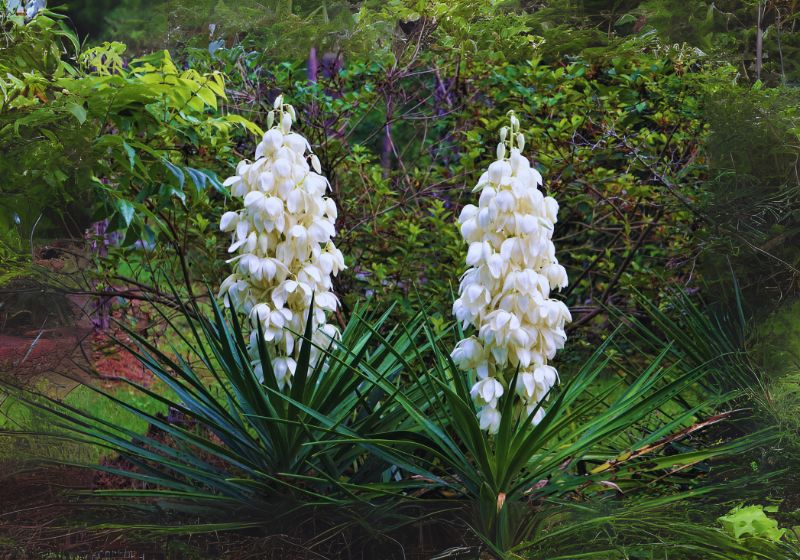



wasi
12th Feb 2025nice
wasi
12th Feb 2025Nice information
wasi
12th Feb 2025nice information
nice